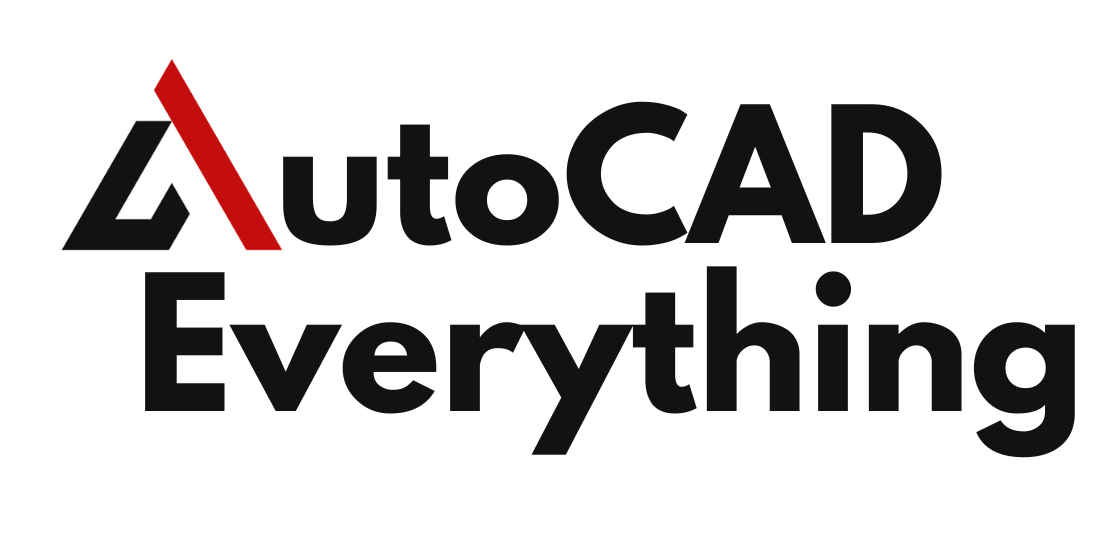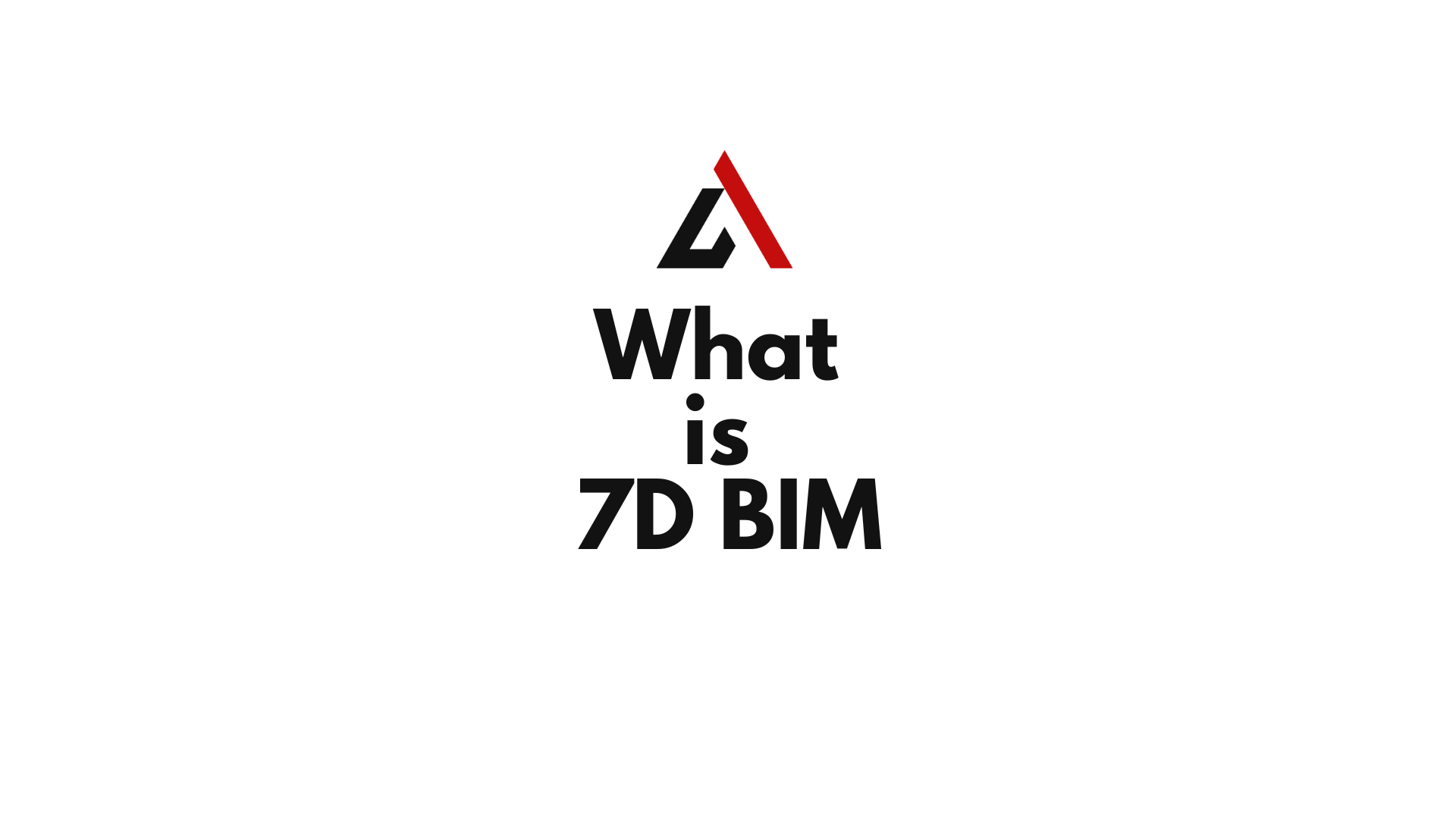7D BIM is transforming the way buildings are managed after construction is completed. While many professionals are familiar with 3D modeling, scheduling (4D BIM), cost estimation (5D BIM), and sustainability (6D BIM), 7D BIM takes it a step further by focusing on facility and asset management.
In this article, we will explore what 7D BIM is, how it improves post-construction maintenance, and why it is becoming an essential tool for facility managers, building owners, and engineers.
Table of Contents
Outline: What is 7D BIM – How 7D BIM Aids in Post-Construction Building Maintenance
| Section Title | Description |
|---|---|
| Understanding BIM and Its Evolution | Brief introduction to BIM and its various dimensions |
| What is 7D BIM? | Definition and core functionalities of 7D BIM |
| The Role of 7D BIM in Facility Management | How 7D BIM supports ongoing building maintenance |
| How 7D BIM Works | Integration of as-built models, asset tracking, and real-time data |
| Key Components of 7D BIM | Information stored in 7D BIM models, including warranties, maintenance schedules, and asset details |
| Benefits of 7D BIM for Building Maintenance | Improved efficiency, cost savings, and sustainability |
| Data Integration and Digital Twins | How 7D BIM links to IoT sensors and smart building technologies |
| 7D BIM in Asset Lifecycle Management | Managing equipment lifespan, servicing, and replacements |
| Reducing Maintenance Costs with 7D BIM | How predictive maintenance saves money and reduces downtime |
| Case Study: 7D BIM in Hospital Maintenance | Real-world example of 7D BIM optimizing healthcare facility management |
| 7D BIM vs Traditional Facility Management Systems | Comparison between manual maintenance tracking and BIM-driven management |
| Tools and Software for 7D BIM | Overview of software like Autodesk BIM 360, Archibus, and Planon |
| 7D BIM and IoT Integration | Using real-time monitoring to enhance predictive maintenance |
| Sustainability and Energy Efficiency in 7D BIM | Managing HVAC, lighting, and energy use efficiently |
| Ensuring Compliance and Safety Through 7D BIM | How BIM supports regulatory compliance and risk management |
| Implementing 7D BIM in Existing Buildings | Strategies for adopting BIM in older facilities |
| Challenges in 7D BIM Adoption | Common barriers like data interoperability and cost concerns |
| Future Trends in 7D BIM | AI, machine learning, and automation in facility management |
| Training and Skill Development for 7D BIM | Why facility managers need BIM expertise |
| How 7D BIM Affects ROI and Operational Costs | Financial benefits of adopting 7D BIM |
| 7D BIM and Smart Cities | How BIM aids in urban infrastructure management |
| Conclusion and Final Thoughts | The transformative potential of 7D BIM for long-term asset management |
Understanding BIM and Its Evolution
Building Information Modeling (BIM) has come a long way from being a simple 3D representation of buildings. It now includes multiple dimensions that offer deeper insights into a project’s lifecycle:
- 3D BIM: Geometric and spatial modeling
- 4D BIM: Time-based scheduling
- 5D BIM: Cost estimation and budget analysis
- 6D BIM: Sustainability and energy modeling
- 7D BIM: Facility and asset management
While earlier dimensions focus on design and construction, 7D BIM is crucial for what happens after the project is built—ensuring long-term efficiency, safety, and cost-effectiveness.
What is 7D BIM?
7D BIM is the integration of asset management and maintenance data within the BIM model. It allows facility managers to access a digital twin of the building, including:
- Maintenance schedules
- Equipment specifications
- Manufacturer details
- Service history
- Warranties
- End-of-life predictions for assets
By using 7D BIM, facility teams can plan, track, and optimize maintenance activities throughout a building’s lifecycle.
The Role of 7D BIM in Facility Management
Traditional facility management often relies on manual records, spreadsheets, or disconnected software systems. This leads to inefficiencies such as:
- Missed maintenance schedules
- Unplanned equipment failures
- High repair costs due to poor tracking
7D BIM eliminates these issues by centralizing all relevant maintenance data in a single digital model, accessible to all stakeholders.
How 7D BIM Works
7D BIM combines as-built BIM models with real-time asset tracking. This includes:
- Tagging building components with digital records
- Integrating sensor data for performance monitoring
- Automating maintenance alerts based on predefined schedules
For example, if an HVAC system is due for servicing, the BIM model notifies the facility team, reducing unexpected breakdowns.
Key Components of 7D BIM
A 7D BIM model contains detailed information about:
✅ Mechanical, Electrical, and Plumbing (MEP) systems
✅ Structural elements
✅ HVAC units and ventilation systems
✅ Safety systems (fire alarms, sprinklers, etc.)
✅ Energy management data
✅ Asset lifecycle documentation
Benefits of 7D BIM for Building Maintenance
🔹 Predictive Maintenance
Instead of waiting for equipment to fail, 7D BIM enables proactive servicing, reducing downtime.
🔹 Lower Maintenance Costs
Scheduled upkeep prevents costly emergency repairs.
🔹 Improved Sustainability
BIM helps optimize energy consumption by monitoring HVAC and lighting systems.
🔹 Enhanced Safety & Compliance
Facility managers can track fire safety, air quality, and structural integrity in real-time.
7D BIM and IoT Integration
Modern smart buildings use Internet of Things (IoT) sensors to feed real-time data into BIM systems. For example:
- Temperature sensors trigger HVAC adjustments
- Motion sensors optimize lighting use
- Leak detection sensors prevent water damage
This integration makes buildings more intelligent and energy-efficient.
Case Study: 7D BIM in Hospital Maintenance
Hospitals require constant upkeep of medical equipment, HVAC systems, and emergency power supplies. By using 7D BIM, a hospital in Europe:
✅ Reduced equipment downtime by 40%
✅ Improved maintenance efficiency by 30%
✅ Lowered overall energy consumption
These savings translate into better patient care and reduced operational costs.
7D BIM vs Traditional Facility Management Systems
| Feature | Traditional Systems | 7D BIM |
|---|---|---|
| Maintenance Tracking | Paper-based or spreadsheet tracking | Digital, real-time tracking |
| Asset Documentation | Disorganized and incomplete | Centralized and updated |
| Cost Efficiency | High repair costs | Lower maintenance expenses |
| Predictive Maintenance | Not available | Automated alerts for servicing |
| Integration with IoT | Limited | Fully integrated |
Challenges in 7D BIM Adoption
Despite its benefits, 7D BIM adoption faces challenges such as:
🚧 Initial Implementation Costs – Requires investment in BIM technology
🚧 Lack of Skilled Workforce – Many facility managers need BIM training
🚧 Data Interoperability – Integrating with existing systems can be complex
However, as BIM adoption grows, these barriers are being overcome with better software and training programs.
Future Trends in 7D BIM
The future of 7D BIM is exciting, with advancements in:
🌍 AI-driven predictive maintenance
🌍 Digital twins for real-time simulation
🌍 Machine learning for asset optimization
🌍 Cloud-based BIM integration
These innovations will make buildings smarter, more sustainable, and more cost-efficient.
Conclusion and Final Thoughts
7D BIM is revolutionizing post-construction maintenance by enabling smarter asset management, predictive servicing, and real-time facility optimization. As buildings become more complex, adopting 7D BIM ensures they remain efficient, cost-effective, and future-ready.

